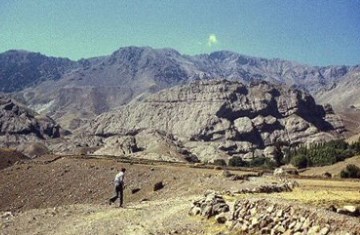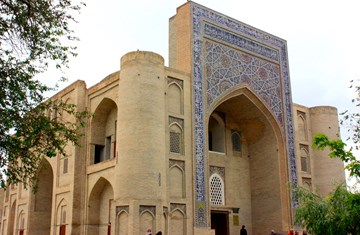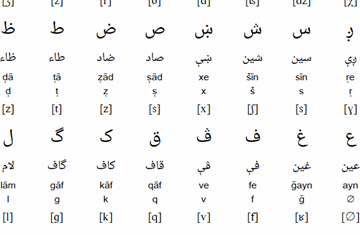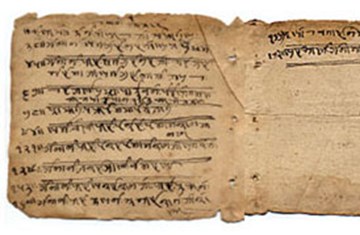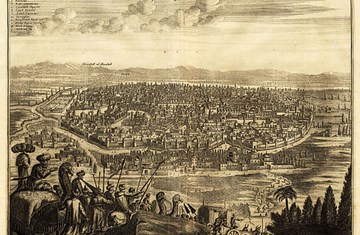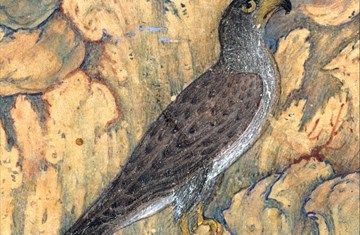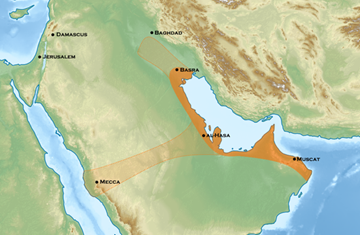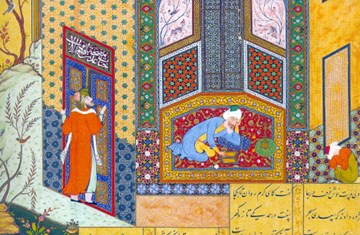Ka'ba or Kaaba
Keywords: Ka‘ba, Mecca, bayt Allah (House of God), masjid al haram (sacred mosque), Prophet Muhammad, Islam, haram, pilgrimage (hajj), umra (minor pilgrimmage), pilgrim, worship, Black Stone (al hajar al aswad), tawaf, Well of Zamzam, Abraham (Ibrahim), Hagar, Ismail (Ishmael), Abrahamic tradition, maqam, qibla.
The Ka‘ba
The structure and its immediate precincts in Mecca that also house a large mosque are referred to in the Qur’an and subsequently in Muslim tradition as the House of God (bayt Allah) and the sacred Mosque (masjid al haram). The Ka‘ba is the point of orientation for Muslims when they pray, and it is also the focal point of the Pilgrimage (Hajj) as well as the umra (minor pilgrimage).
The Hajj takes place over a fixed period in the prescribed month, whereas the umra may be undertaken at any other time. During pre-Islamic times, the Ka‘ba served as a shrine and a sacred space (haram). Arab tribes and others made annual pilgrimages to the site and visited it to honor tribal and ancestral deities that included several gods and goddesses. Representatives of these deities were kept in the Ka‘ba, and the ritual visits were often accompanied by music, dance, and the recitation of poetry.
Author

Professor Azim Nanji
Professor Azim Nanji serves currently as Special Advisor to the Provost at the Aga Khan University. Most recently he served as Senior Associate Director of the Abbasi Program in Islamic Studies at Stanford University 2008-2010 and also lectured on Islam in the Department of Religious Studies. He was previously the of Director of the Institute of Ismaili Studies from 1998 - 2008. Prior to this, he was Professor and Chair of the Department of Religion at the University of Florida and has held academic and administrative appointments at various American and Canadian universities.
Professor Nanji has authored, co-authored and edited several books including: The Nizari Ismaili Tradition (1976), The Muslim Almanac (1996), Mapping Islamic Studies (1997) and The Historical Atlas of Islam (with M. Ruthven) (2004) and The Dictionary of Islam (with Razia Nanji), Penguin 2008. In addition, he has contributed numerous shorter studies and articles on religion, Islam and Ismailism in journals and collective volumes including The Encyclopaedia of Islam, Encyclopaedia Iranica, Oxford Encyclopaedia of the Modern Islamic World, and A Companion to Ethics. He was the Associate Editor for the revised Second Edition of The Encyclopaedia of Religion. In 1988 he was Margaret Gest Visiting Professor at Haverford College and a Visiting Professor at Stanford University in 2004, where he was also invited to give the Baccalaureate Address in 1995. He has also lectured widely at international conferences all over the world.
Professor Nanji has served as Co-Chair of the Islam section at the American Academy of Religion and on the Editorial Board of the Academy’s Journal. He has also been a member of the Philanthropy Committee of the Council on Foundations and has been the recipient of awards from the Rockefeller Foundation, the Canada Council, and the National Endowment for Humanities. In 2004 he gave the Birks Lecture at McGill University.
Within the Aga Khan Development Network, Professor Nanji has served as a Member of the Steering Committee and Master Jury of the Aga Khan Award for Architecture, Task Force Member for the Institute for the Study of Muslim Civilisations (AKU-ISMC) and Vice Chair of the Madrasa-based Early Childhood Education Programme in East-Africa.

